
Symptoms and Diagnosis
Panic disorder in individuals involves having repeated panic attacks as well as constantly expecting them to return. A person is said to have a panic attack if he or she endures severe feelings of fear, accompanied by physical or emotional reactions. The physical and emotional reactions involve very high heart rate, difficulty in breathing, excessive perspiration, nausea, and a general feeling of weakness.
Panic attacks happen suddenly, and last for about 10 minutes on average. In addition, there may be a connection between between panic disorder and anxiety, depression, substance abuse, phobias, or post-traumatic stress disorder. When making a panic disorder diagnosis, a professional will always look for the symptoms of the mentioned problems as well. Another element that will be looked at is the age at which the symptoms first appeared. Panic disorder usually starts in early adulthood and is more prevalent in females than males. Also, there are a number of risk factors that if present might trigger panic disorder in a person, and those usually include anxiety in childhood and the presence of panic attacks in other family members.
Treatment
When treating panic disorder, a therapist will advise the person to keep a journal and record all panic attacks from the onset of the symptoms to the end of discomfort. By doing this, the patient will learn to recognize any possible triggers that might be inducing the attack. At the same time, the therapist will always be on the lookout for elements related to depression, suicide, substance abuse, and so on.
Further, when it comes to treating panic attacks, it is crucial to start early so the individual is able to realize that the consequences will not be as severe as first believed. The purpose here is to prevent a few panic attacks from growing into panic disorder. The kind of therapy that is very effective is cognitive behavioral therapy, or sometimes more specific panic control therapy, as it questions the logic behind the attacks while at the same time repeatedly exposes the individual to the adverse stimuli. As with any other psychological disorder, the combination of psychotherapy and proper medications is often very helpful. Most therapists would first opt for selective serotonin reuptake inhibitors, and the first results should be evident in up to two months.
Also, support groups where people with similar problems meet and discuss the issues are beneficial for many. Aerobic exercise should be engaged in as it relieves stress, but caffeine and even some cold medicines should be refrained from. Finally an individual recovering from panic disorder should have a support system comprised of close family and friends. Being in the presence of a loved one during the attack can help ease the symptoms.
Psychotherapy
Panic disorder is very effectively treated by elements of cognitive behavioral therapy. Research has shown a very high success rate in relieving the symptoms in between 70 to 90 percent of all treated individuals. Although rare in children, panic disorder can only be treated by a special form of cognitive behavioral therapy. The most effective way of treatment is called interoceptive therapy, and it consists of recreating the stimuli that provoke fear to let the individual relive them in a safe environment. The symptoms that will be recreated include dizziness, loss of orientation, difficulties in breathing, and faster heart rate, and will only last for up to 60 seconds. The idea is that the symptoms most likely to occur in a panic attack should be recreated a couple of times a day so that the individual gets used to them and develops tolerance. The first results may not be seen for weeks, but eventually the patient should learn that nothing major will happen as a result of those symptoms, and will stop fearing them.
In addition, there is also panic-focused psychodynamic psychotherapy that is sometimes used. Interestingly, activities involving controlled breathing, and muscle relaxing do nothing for the individual suffering from panic disorder. The point of therapy should be to completely eliminate panic attacks and relapses or at least to significantly decrease their occurrences.
Medications
Medications are highly effective in treating panic disorder, and they include antidepressants and anti-anxiety drugs. Antidepressants will calm the individual, and help alleviate the symptoms, although some may bring about certain side effects. Anti-anxiety medications spark more controversy. Some clinicians believe these drugs should be used in accordance to the patient’s medical history, while others claim they may create an addiction. Others still believe that anti-anxiety drugs are not that effective and unless they yield results within 1 month their intake should be stopped. Another line of researchers think antidepressants should be tried first and only if these do not prove effective should the individual switch to anti-anxiety medications. In any case, both of these kinds of drugs are commonly used to treat panic disorder.


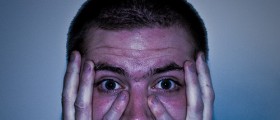
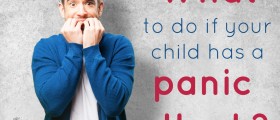


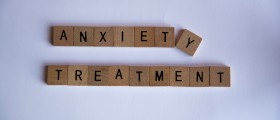


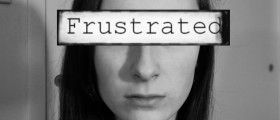
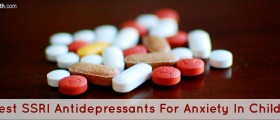

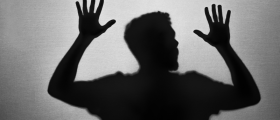
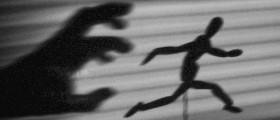

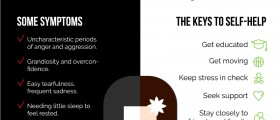

Your thoughts on this
Loading...